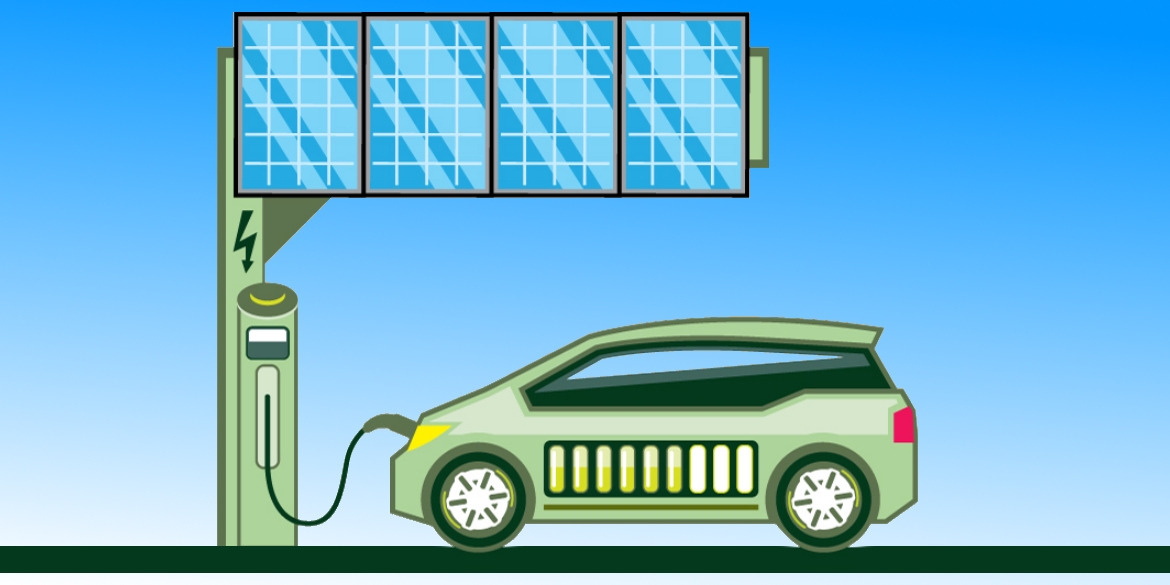You’ve likely heard about the partnerships springing up between electric vehicle (EV) manufacturers and solar (PV) system providers. Most recently, Honda and SolarCity announced a plan that allows Honda customers to install solar with a low upfront cost and see an immediate reduction in their electricity bill. This follows partnerships SunPower has formed with Nissan and Ford to offer special deals to buyers interested in both technologies. And in a slightly different take, SolarCity has teamed up with Tesla to provide residential PV owners with battery back-up based on Tesla battery technology, and to install a “Supercharger Network” of free solar-powered recharging stations.
While both EV and PV are considered alternative technologies, that’s not enough to explain why so many companies are jumping to combine EV and residential PV sales. What factors are driving this trend?
The first reason is primarily financial: combining EVs with PV allows consumers to extract the most financial value from both. Why? The right sized solar system can offset all of the electricity needed to fuel an electric vehicle. When viewed from a monthly cost of ownership perspective, the fuel savings resulting from the PV system essentially offset the EV and PV capital premiums, as shown in the figure below. Additionally, a PV system has a 20-30 year lifetime; therefore, once it’s paid off, subsequent EV purchases will experience an even lower monthly cost of ownership.
Data from 2008 paper: Solar Sustained Vehicles (SSV): A Consumer’s Solution to Protection
in an Age of Oil, Dependence, Economic Uncertainty, and Global Warming
A second factor driving this trend is the overlap of consumers interested in both EV and solar. Statistics show that early adopters of both technologies tend to be eco-conscious, upper-middle class, and educated. A recent California Center for Sustainable Energy survey shows that 39% of plug in electric vehicle owners have also invested in PV, and an additional 17% are planning to this year. At a recent ‘Plug in America’ webinar called ‘Successful EV Dealers—Moving Electric Cars,’ one dealer explained that more often than not, people coming to his dealership looking for electric vehicles also ask about solar. A good dealer will be able to address these questions. Due to continued cost reductions of both solar and electric vehicles, their target customers are beginning to expand beyond early adopters – solar probably sooner than electric vehicles.
With both markets searching for innovative ways to reduce sales costs and increase the volume of sales, expanding partner channels and offering new financing methods make a lot of sense. We believe this trend is still in its infancy, so keep an eye out for more EV + PV partnerships in the months and years ahead.
To learn more about the synergies of EV and solar, a more in-depth analysis and discussion is available in Solar Sustained Vehicles (SSV): A Consumer’s Solution to Protection in an Age of Oil, Dependence, Economic Uncertainty, and Global Warming, written by Tom Hoff. This paper includes a case study that proves out the economics of SSVs in New York State based on 2008 market conditions when both technologies were much more expensive. Our EV Calculator allows a consumer to understand the financial, energy, and environmental impacts of an SSV, based on current market conditions and datasets, including the integration of the solar lease and PPA financing methods.

